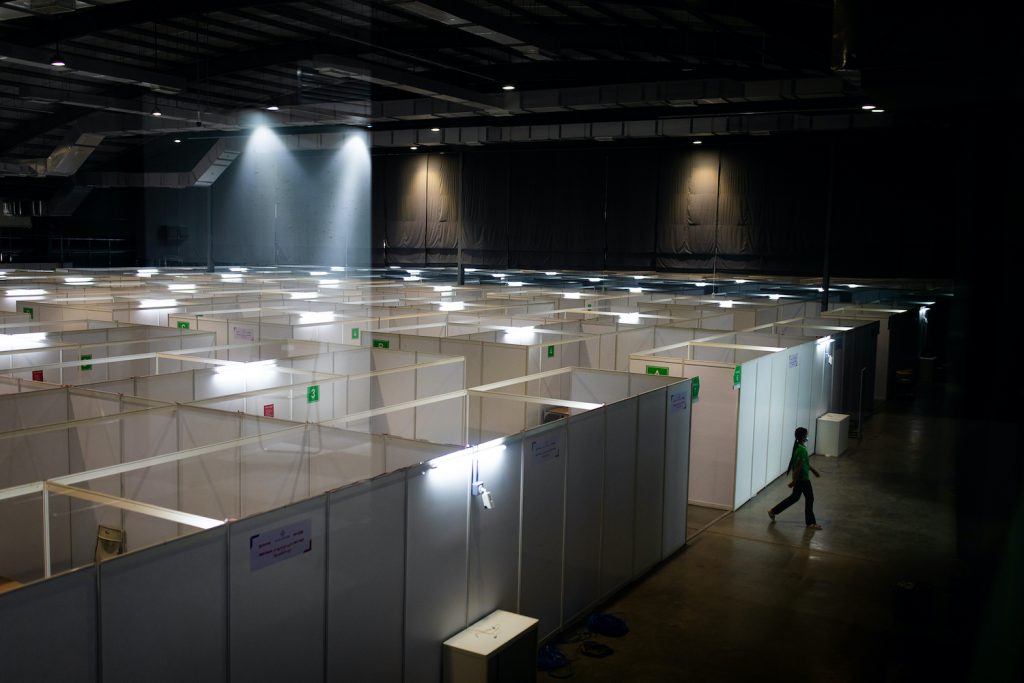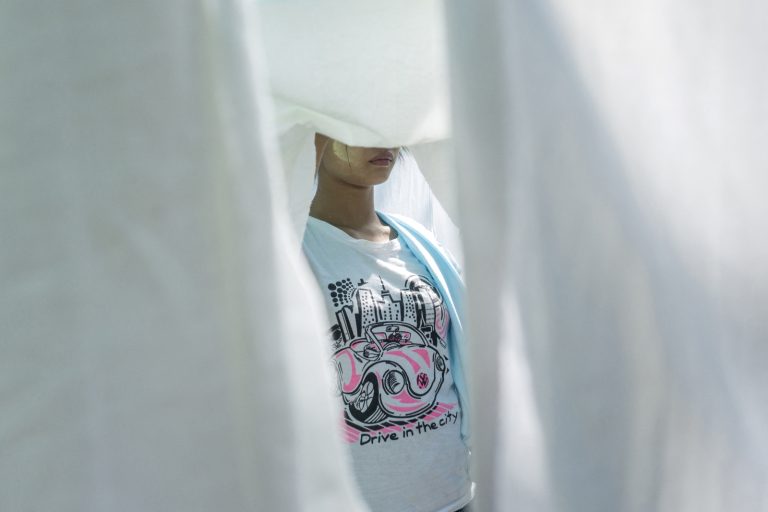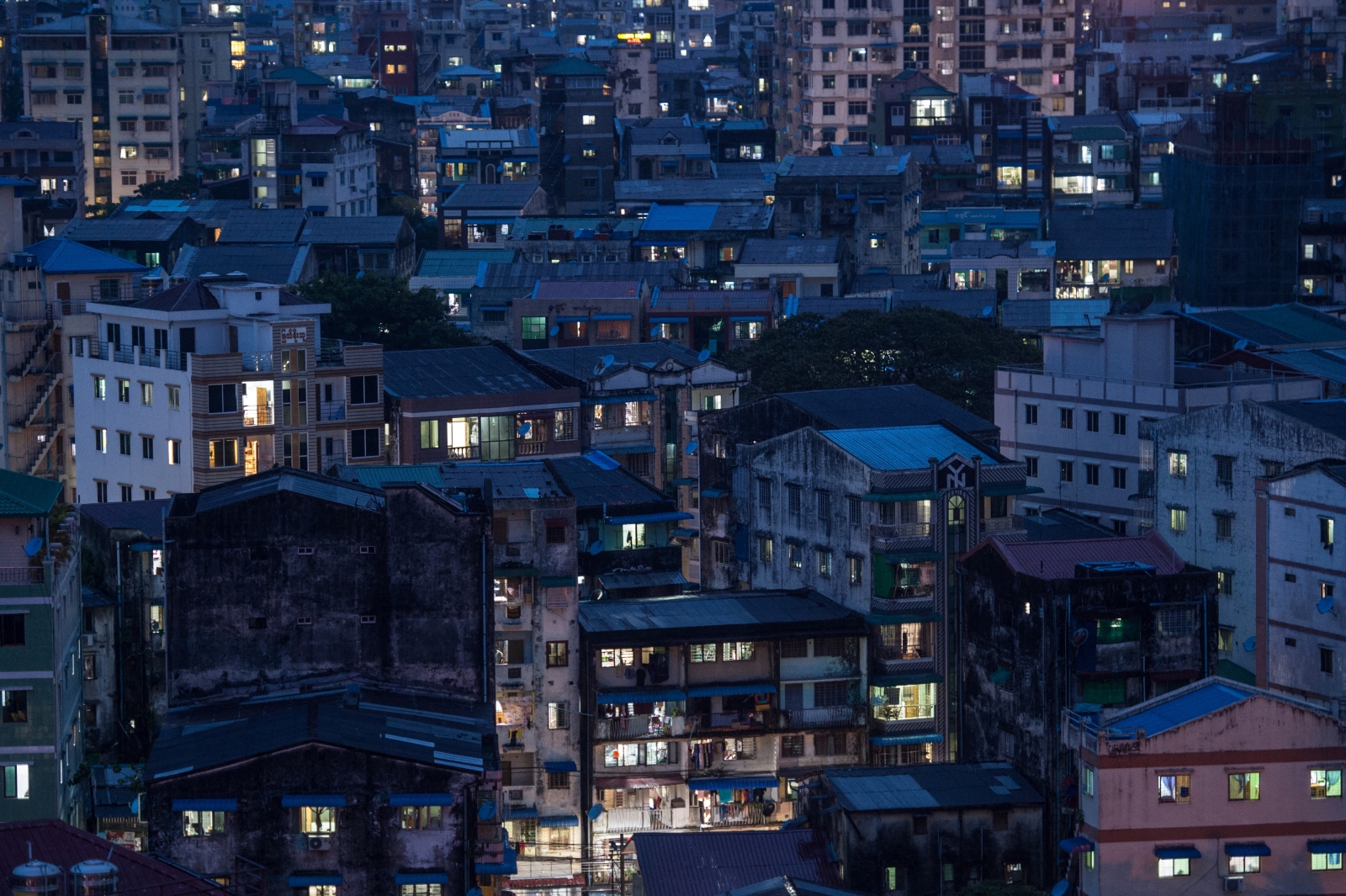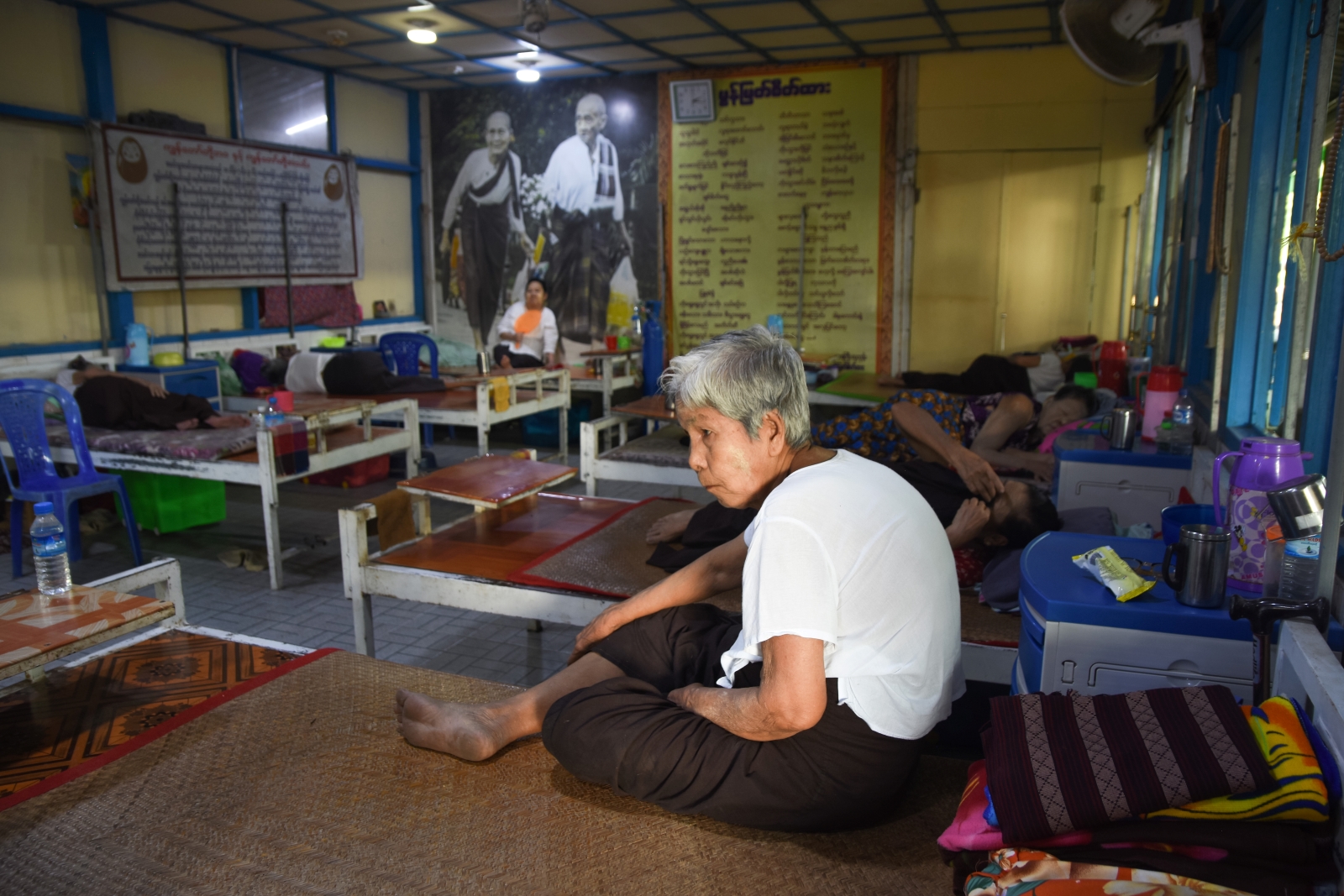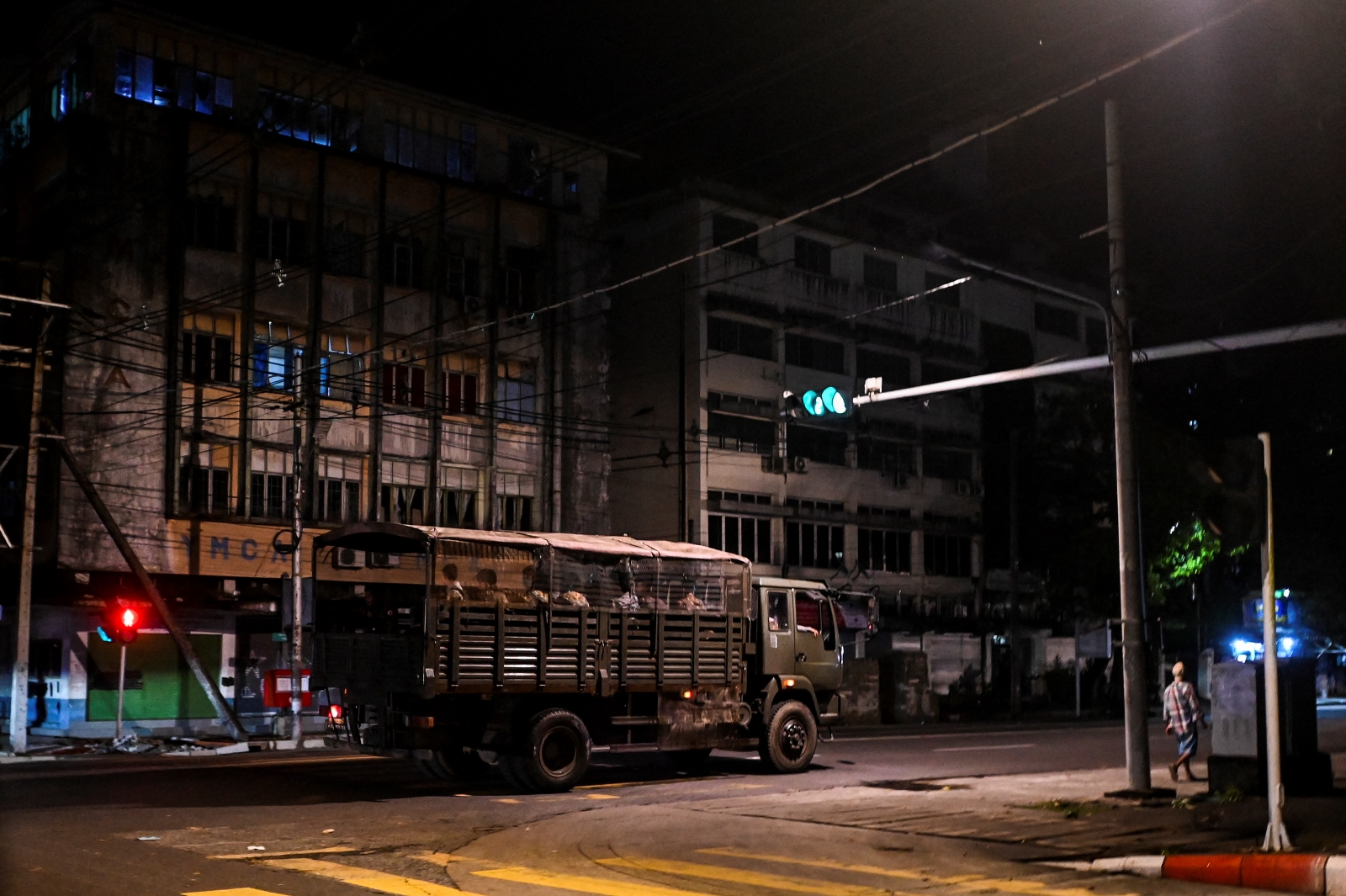Medical professionals say that early testing and treatment are essential to limiting the growing number of coronavirus deaths. But, for some patients, symptoms don’t register until it is too late.
By FRONTIER
At around 12:30am on September 28, an ambulance rushed U Tun Aung, a 69-year-old South Okkalapa Township resident who had just begun experiencing shortness of breath, to Yangon General Hospital.
At the hospital, doctors discovered that Tun Aung’s blood oxygen levels were dangerously low. They placed him in the intensive care unit and immediately gave him supplemental oxygen. The following day he was put on a ventilator.
But it was too late. On September 30, at about 1:30pm, Tun Aung died. Lab results after his death confirmed he had been infected with the coronavirus.
Deaths from COVID-19 in Myanmar have been announced every day for 46 consecutive days, and have often numbered in the dozens. In the beginning of August, before Myanmar’s “second wave” of infections, there were only six confirmed deaths. As of October 18, there were 880.
The rise in deaths reflects the size of the outbreak, but also the government’s expanded testing capabilities. One silver lining is that the latter is helping to give a more accurate view of the former. As of October 9, at least 100 samples taken from patients who had already died came back positive. Without such testing, these deaths would not have been counted in the health ministry’s official COVID-19 numbers, skewing the magnitude of the pandemic.
“The government is now conducting tests using rapid antigen test kits throughout most of the country. The more tests we conduct, the more COVID-19 patients we find,” said Dr Khin Maung Lwin, a retired health ministry doctor and noted public health expert.
The disease is particularly deadly for the elderly, and even more so for those with underlying conditions such as diabetes, coronary artery disease and obesity.
Tun Aung had no known underlying conditions that would have increased his susceptibility to COVID-19. But more surprising is that, before he became short of breath on September 28, neither he nor any of his family members had noticed any symptoms at all.
His was a particularly scary condition associated with COVID-19 known as silent hypoxemia. It describes a situation in which a patient’s blood oxygen drops to life-threatening levels yet they experience no symptoms – not even shortness of breath – until they are critically ill and nearly unable to breath at all. It is one of many aspects of this pandemic that has puzzled physicians the world over. As infections and deaths rise in Myanmar, more examples are likely to be found here.
For obvious reasons, it also makes treating the disease more difficult. Health officials say that an early response to and treatment of symptoms is essential to preventing the disease from becoming fatal.
Current therapies – which include steroids like dexamethasone, convalescent plasma and remdesivir, an antiviral drug initially developed to treat hepatitis C – “have a higher success rate if administered before symptoms become severe”, said Dr Zaw Than Tun, director general of the government’s Department of Medical Research. “Once the patient is in critical condition and needs a ventilator, those therapies are less successful.”
But without symptoms, how are people to know they might be at risk?
“We didn’t know our father was sick. That’s why we were late in sending him to the hospital, and that’s why we lost him,” said Ma Lei Yee Win, Tun Aung’s youngest daughter.
More widespread testing could help, as could pulse oximeters at homes or at fever clinics. These are palm-sized devices that measure blood oxygen and cost between K30,000 and K40,000.
“My message to the public is for them to get tested for and identify the disease early,” said Zaw Than Tun.
For the time being, however, testing is limited to those with symptoms, those who’ve had contact with confirmed COVID-19 cases, and those who require a test in order to travel.
Still, it is a warning that people seem to be heeding. Yangon residents have been lining up in droves at hospitals and fever clinics claiming to have COVID-19-like symptoms over the last few weeks. Yet such a proactive response to even mild symptoms presents its own challenges to a fragile health care system. Over the past month health authorities have scrambled to not only expand testing but also treatment and isolation facilities for all the positive cases they’re detecting, but haven’t always been able to stay ahead of the outbreak. People with possible COVID-19 symptoms have been turned away from hospitals, while a North Okkalapa fever clinic had to shut down for a week in late September when it had nowhere to refer symptomatic patients after the local township hospital’s COVID-19 wing filled up.
‘No one should be careless’
With 880 deaths among Myanmar’s 36,025 COVID-19-positive patients, the fatality ratio is 2.4pc – slightly lower than the global rate of 2.9pc, as measured by the World Health Organization. Among ASEAN countries the ratio is about 2.5pc. But Myanmar still has more than 16,000 active cases, and is registering around 1,000 new cases a day, so deaths will almost certainly continue to be reported in the weeks and months ahead.
The health ministry released details on COVID-19 deaths, including age, underlying conditions, and location, in its daily announcements between March 28 and September 27. But on September 28 the ministry began releasing just the total number of deaths. Health officials would not respond to questions about why the details had been dropped, but the sheer number of deaths presumably makes it more difficult to include granular detail.
As of October 18, Yangon had recorded an astonishing 94pc of all COVID-19 deaths in the country. By contrast, Mon State, which has the second highest number of deaths, had recorded just nine. Dr Thun Aung Kyi, chief of the Mon State Public Health Department, said that all seven had underlying conditions.
Dr Khin Khin Gyi, director of emerging infectious diseases at the health ministry’s Central Epidemiology Unit, said that 95pc of all deaths in Myanmar were people that had underlying conditions – the most common being diabetes, cancer and cardiovascular disease – and that 67pc of them were aged 60 and over.
Youth, however, is no guarantee of recovery. Among the dead is a 10-year-old Yangon boy who also had a blood condition. The youngest casualty so far is a one-month-old baby, who also suffered malnutrition and heart failure.
“I want people to know that COVID-19 is capable of killing anyone regardless of their age. The deaths we’ve seen span age groups,” said Khin Khin Gyi. “No one should be careless about preventive measures.”
She also pointed out that even if younger people are less likely to die from COVID-19, most elderly patients are being infected at home by younger relatives. “A relative who goes outside can carry the virus home with them and infect the elderly.”
Despite the warnings about the need for early treatment, some are reluctant to seek help.
“Most [that have died] treated themselves with home remedies based on old wives tales,” said Dr Aung Tun, a retired physician and advisor to the health ministry. “Some didn’t know they had the disease, and many were nervous about going to clinics or hospitals,” he said, adding that this was either because they wanted to avoid being quarantined or they thought they were more likely to become infected at a medical facility.
“If an elderly person in your family gets sick – if they’re coughing or experiencing the loss of their smell – they need to be treated quickly,” Khin Khin Gyi said. “It is the responsibility of the family members to make sure they get treatment.”
Of 29 close contacts reached after Tun Aung’s death, his wife, his eldest daughter and the family’s 14-year-old maid also tested positive. All three are being treated at the COVID-19 treatment centre built by the Ayeyarwady Foundation on the Thuwanna Youth Training Centre’s football pitches.
Lei Yee Win had not seen her father since Yangon’s stay-at-home orders were issued on September 1 for North Okkalapa, where she lives with her husband, Ko Min Thu.
She says the family is still coming to terms with the sudden loss.
“I am the youngest daughter in my family, so I’ve had to rely on him. I lost my future when I lost my father … [and] my mother is devastated.
“I don’t even want to hear the word COVID – it hurts too much.”


